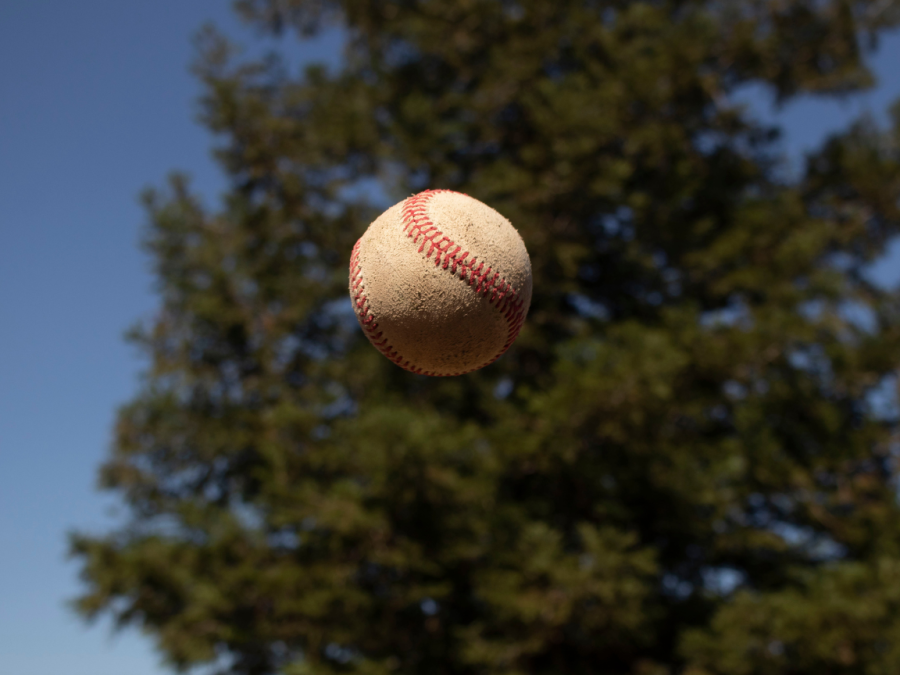MLB’s pitch clock is the hero we didn’t know baseball needed
The MLB implemented three new rules for the 2023 season with the pitch clock, shift restrictions and bigger bases. Before reaching the MLB, these rules were first tested at Minor League Baseball levels.
The pitch clock was the savior Major League Baseball was desperate for, even if some people don’t believe it right now.
The MLB entered the 2023 season with new rule changes with the pitch clock being the most controversial.
With the pitch clock, the pitcher is given 15 seconds to start their wind-up to pitch with no runners on and 20 seconds with runners on. If they fail to do so, then they will receive an automatic ball with no pitch thrown.
There’s been criticism from fans to former All-Star pitcher Rob Dibble who pitched in the early ‘90s for the Cincinnati Reds.
Dibble guest starred on the “Don’t @ Me” podcast with Dan Dakich and called the pitch clock an idiotic rule change.
He then asked listeners a rhetorical question if they think the pitchers and batters are just taking their time out on the field.
Well, the answer to that question is yes. It does feel like both the batter and pitcher at times know they have all day and take their time, which was the problem to begin with.
Sure, the beauty about baseball compared to other sports has been how there’s no clock and now that’s gone. But this change was desperately needed as the product the MLB had was boring and too long.
The rule change was designed to improve the pace of play, according to a statement by MLB Commissioner Rob Manfred.
With the season’s opening weekend in the books, it looked like the pitch clock was a success by what Manfred implemented the clock for.
According to a chart by Baseball Reference, the average time it took to play a nine-inning game was two hours and 38 minutes after 50 games in the 2023 MLB season. That’s 28 minutes shorter than the average game in the 2022 season because the pitch clock got rid of the nuances that bore fans.
The pitch clock will get rid of incidents such as the infamous one in game one of the 2016 National League Championship Series where former relief pitcher for the Los Angeles Dodgers Pedro Báez took over one minute and 51 seconds to throw one pitch with a runner on first…just to be hit foul by the batter.
At that rate in today’s game, Báez committed the pitch violation five times overall in that one instance.
The pitch clock works both ways as well as the batter will have to be ready and have their attention set to the pitcher by at least seven seconds remaining on the clock or he will receive an automatic strike.
So it will get rid of the batter stepping out, taking a deep breath, readjusting their batting gloves, stepping back in the batter’s box and finally being ready to hit with 20-30 seconds wasted.
Having the pitch clock will force the batter and pitcher to be ready to face each other constantly instead of taking all day to be ready to hit or to take a stroll around the mound.
It just takes fans out of the game to see them do this and was an issue the MLB needed to address. The clock answered the issue and was the best and most effective way possible by policing the pace of the game.
The new rules will be a big adjustment for everyone involved from the fans to the players, but it’s expected in a game full of adjustments that the players will get used to the clock.
It’s good to see the MLB critique their game and acknowledge the issue of the pace of the game with the fans as their number one priority to please.
It’s great for the game and people like Dibble will see how better off the game is with the clock.

